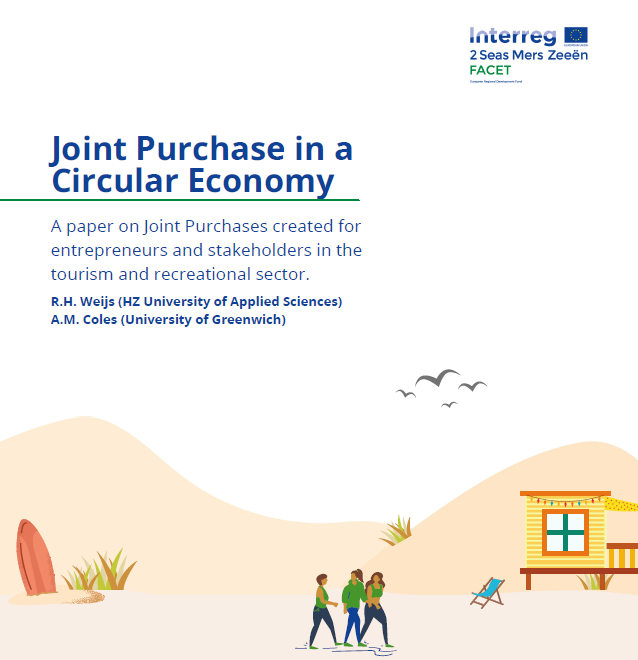Geen bewerkingssamenvatting |
Geen bewerkingssamenvatting |
||
| (10 tussenliggende versies door 2 gebruikers niet weergegeven) | |||
| Regel 1: | Regel 1: | ||
== Joint Purchase == | == Joint Purchase == | ||
<div class=" | <div class="mw-btn mw-btn-l mw-btn-primary d-ib">{{External link|resource=Resource Hyperlink 01152|name=Download the toolkit|dialog=process-linkwebsite-dialog}}</div> | ||
Joint purchasing agreements are arrangements between (groups of) providers to purchase services, equipment and supplies. The aim of joint purchase agreements is to create buyer power which will lead to lower prices or better quality of products or services. | Joint purchasing agreements are arrangements between (groups of) providers to purchase services, equipment and supplies. The aim of joint purchase agreements is to create buyer power which will lead to lower prices or better quality of products or services. | ||
| Regel 17: | Regel 16: | ||
Do you also want to learn about and/or work with joint purchase? Request the toolkit via the form and receive the file. | Do you also want to learn about and/or work with joint purchase? Request the toolkit via the form and receive the file. | ||
{{Project FACET Tool config}} | {{Project FACET Tool config}} | ||
{{Project | {{Project | ||
|Name=Joint purchase | |Name=Joint purchase | ||
| Regel 37: | Regel 38: | ||
|Show title=Nee | |Show title=Nee | ||
}} | }} | ||
{{Project FACET Tool additional | {{Project FACET Tool additional | ||
|Type=Theory | |Type=Theory | ||
|Imagename=Joint purchase.png | |Imagename=Joint purchase whitepaper.png | ||
|Filename=FACET - joint purchase whitepaper.pdf | |||
}} | }} | ||
Huidige versie van 19 sep 2024 om 15:00
Joint Purchase
Joint purchasing agreements are arrangements between (groups of) providers to purchase services, equipment and supplies. The aim of joint purchase agreements is to create buyer power which will lead to lower prices or better quality of products or services.
Providing entrepreneurs with tools for joint purchasing
Many entrepreneurs in the tourism & hospitality sector want to be more sustainable and shift to Circular Economy business practices. Where traditionally decisions were mostly based on financial impacts, nowadays also social and environmental impacts are becoming more relevant in the decision-making process.
One opportunity to do so, is the joint-purchase of products and/or services. The main reasons for collaborating over joint purchases for the circular economy is twofold: to obtain benefits of reduced costs while lowering the environmental costs of that purchase. Entrepreneurs can also benefit in other ways from taking part in such agreements.
Joint purchase model
A model is a simplification of reality, which in itself is far more complex and unique. However, a model can help us to understand and make sense of reality and provide some common ground. Taking this into account we chose to create a Joint Purchase-model that is process-oriented and provides a step-by-step approach to organize a collaborative JP-project.
Goal of the tool
Our goal is to enable entrepreneurs to introduce circular economy principles into their purchasing activities and thereby create financial, social and environmental value. This guideline gives you a brief overview on the criteria for JP, some best-practices from other sectors and insights in different strategies that make such arrangement suitable for the Circular Economy. Furthermore, we present a working model that helps structure the collaboration process for Joint-Purchase in seven steps.
Do you also want to learn about and/or work with joint purchase? Request the toolkit via the form and receive the file.

